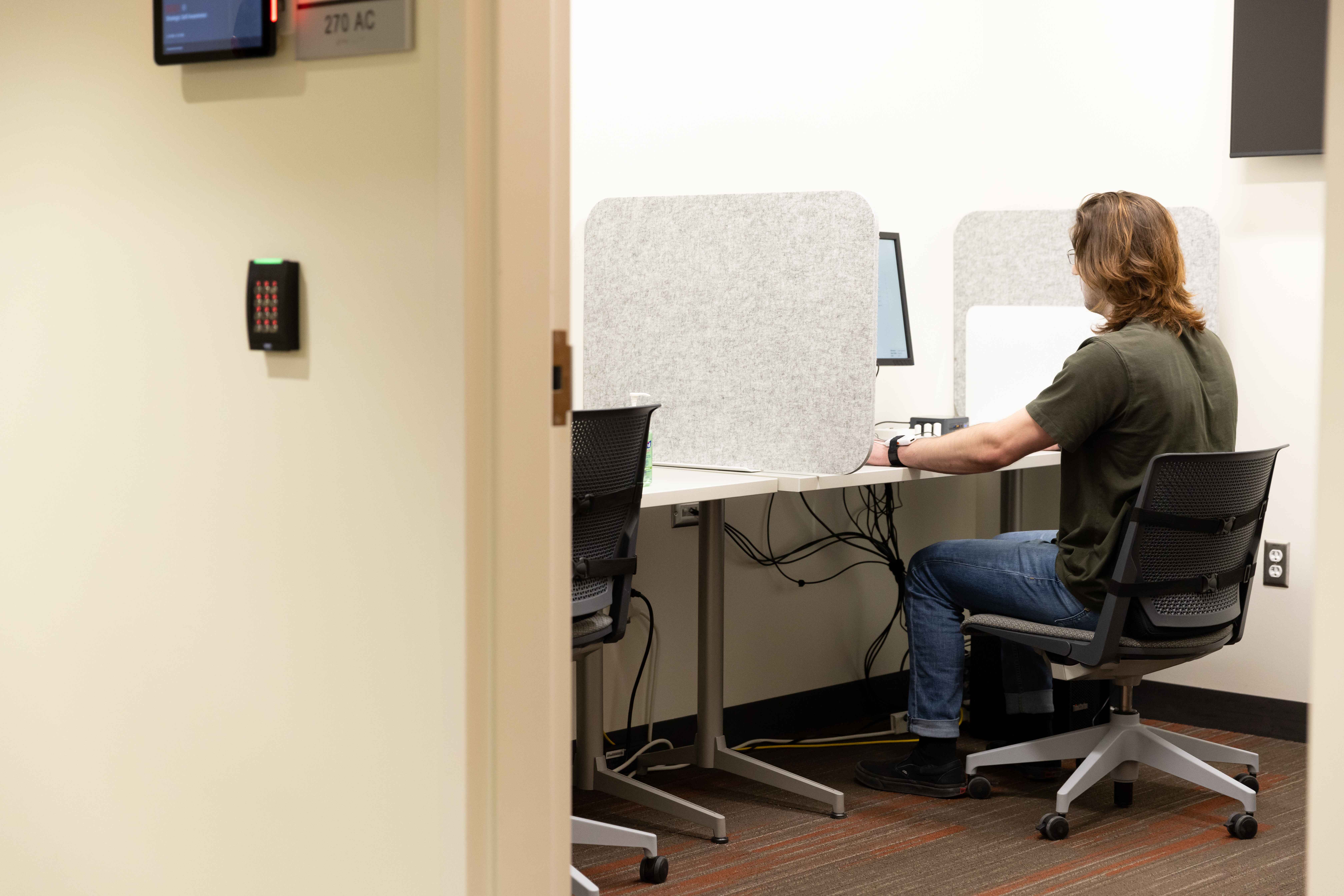
Biometric Research Platform Technologies
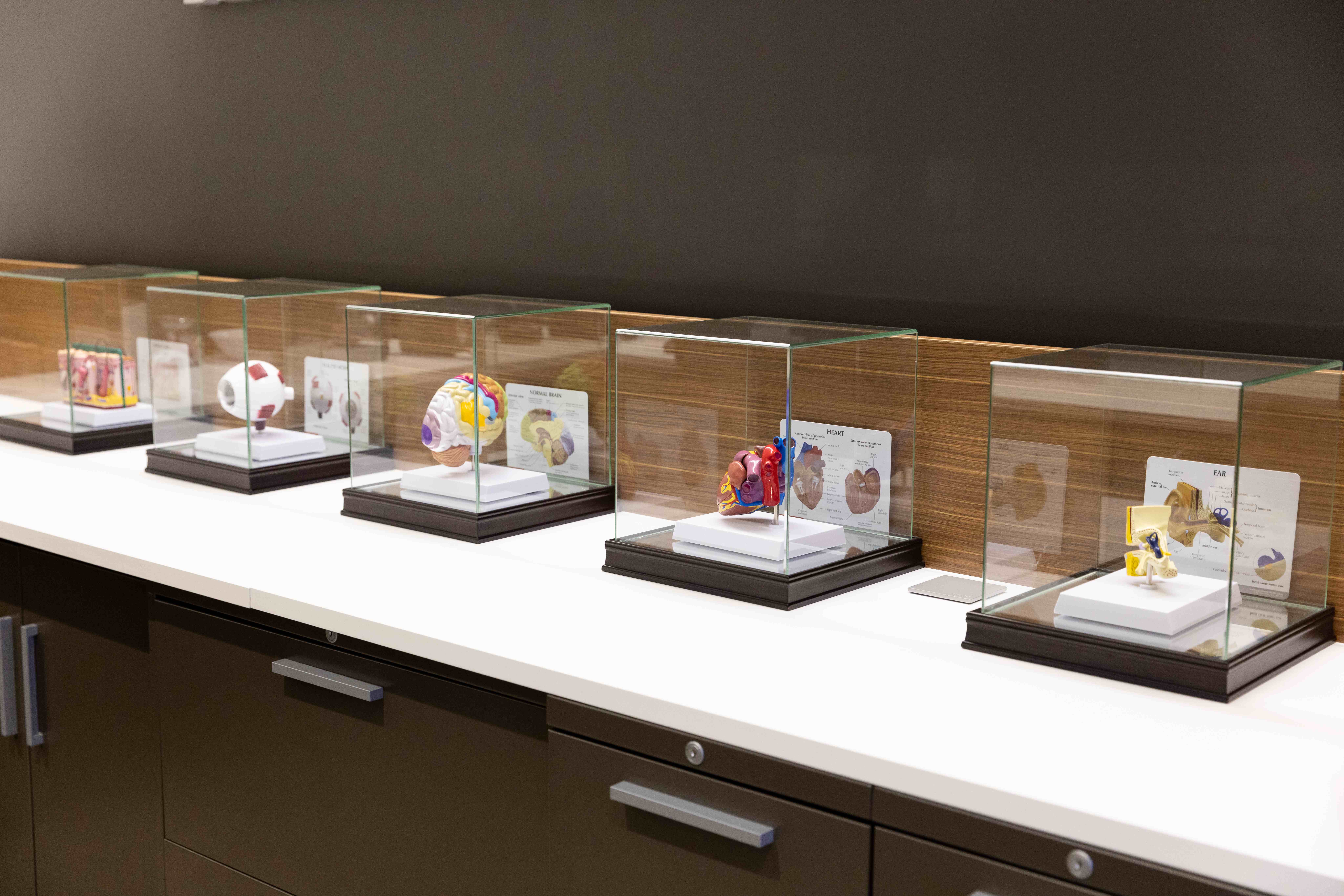
See what resources the lab offers to aid in research!

Biometric Research Platform Technologies
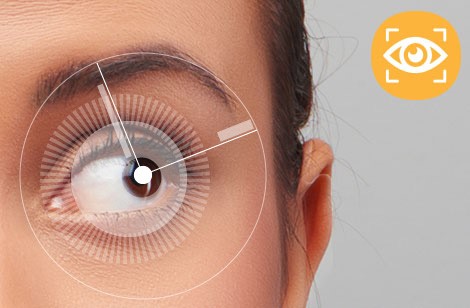
Eye Tracking
The Eye Tracking Sensor is a sophisticated tool designed to monitor and analyze visual attention by tracking eye movements. It utilizes advanced infrared technology to capture precise data on where a person is looking, how long they focus on specific areas, and how their gaze shifts across a screen or within an environment. The data collected includes gaze points, fixations, and saccades, which can be used to understand attention patterns, user engagement, and cognitive responses in various contexts, such as marketing research, usability testing, or psychological studies. This rich dataset helps researchers and practitioners gain deeper insights into visual behavior and decision-making processes.
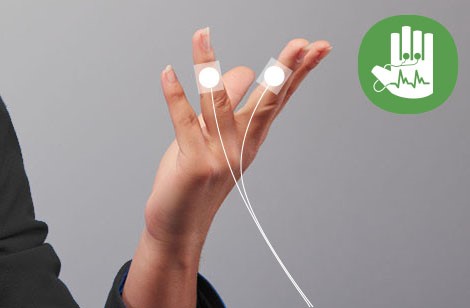
Galvanic Skin Response (GSR)
The Galvanic Skin Response (GSR) Sensor is an advanced device designed to measure physiological arousal by detecting changes in skin conductance. It operates by applying a small electrical current between two electrodes placed on the skin, typically on the fingers or palm. The sensor collects data on how the electrical conductivity of the skin varies in response to emotional and psychological stimuli. Key data points include skin conductance level (SCL) and skin conductance response (SCR), which provide insights into an individual's level of emotional engagement, stress, or excitement. This data is valuable for understanding emotional reactions and physiological responses in various research settings, such as consumer behavior studies, psychological experiments, and usability assessments.

Facial Expression Recognition (FACET)
The Facial Expression Analysis Sensor, also known as FACET, is a cutting-edge tool designed to interpret and analyze facial expressions to gauge emotional responses. It employs advanced computer vision and machine learning algorithms to detect and decode subtle facial movements and expressions in real-time. The sensor captures data on various facial features, including eyebrow movements, eye changes, mouth positions, and overall facial configuration. Key metrics include facial action units, emotional states (such as happiness, sadness, anger, and surprise), and intensity of expressions. This data helps researchers and practitioners understand emotional reactions, engagement levels, and social interactions in diverse contexts like marketing research, psychological studies, and human-computer interaction assessments
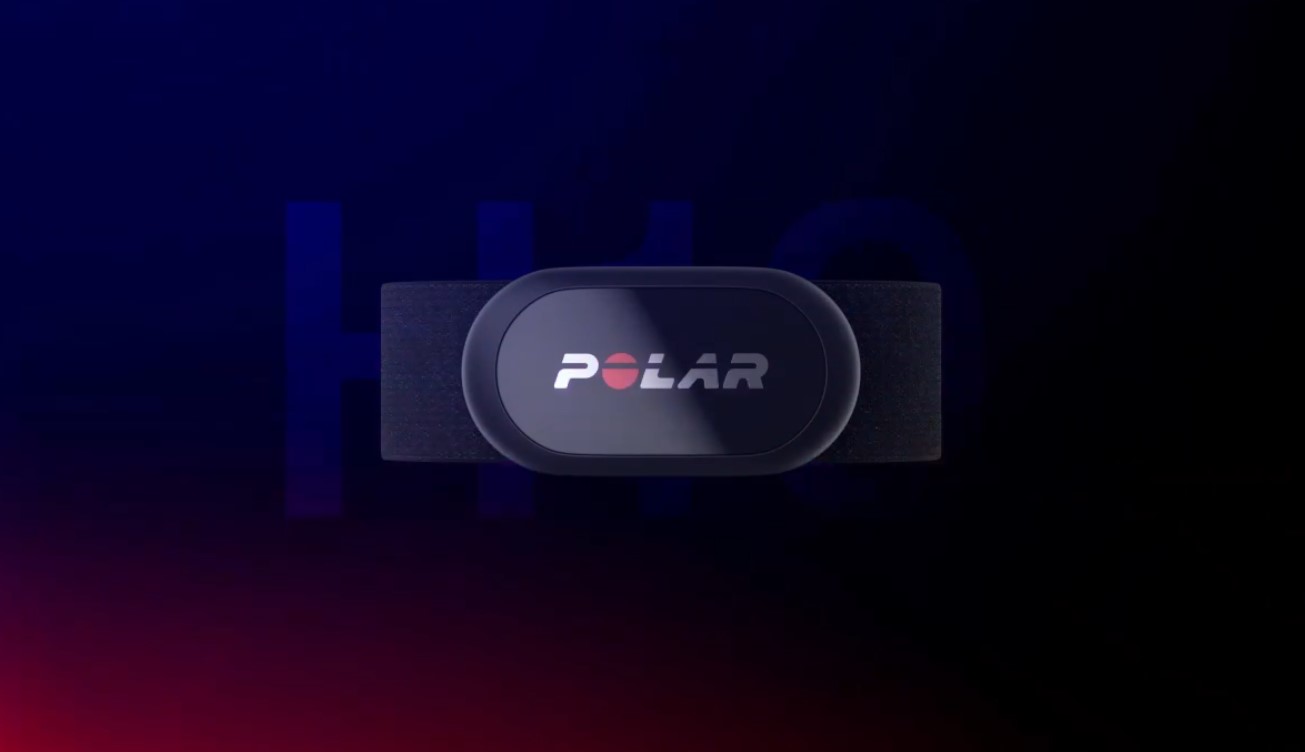
Electrocardiography (ECG)
The iMotions ECG Heart Rate Monitor is a high-precision device designed to continuously track and record heart rate data with exceptional accuracy. It utilizes advanced ECG (electrocardiogram) technology to measure the electrical signals generated by the heart. The monitor collects data on heart rate variability (HRV), average heart rate, and beat-to-beat intervals. Key metrics include heart rate in beats per minute (BPM), HRV for assessing autonomic nervous system activity, and other cardiovascular indicators. This data provides valuable insights into physiological responses, stress levels, and overall cardiovascular health, making it useful for research in areas such as stress studies, physical fitness assessments, and cognitive load evaluations.
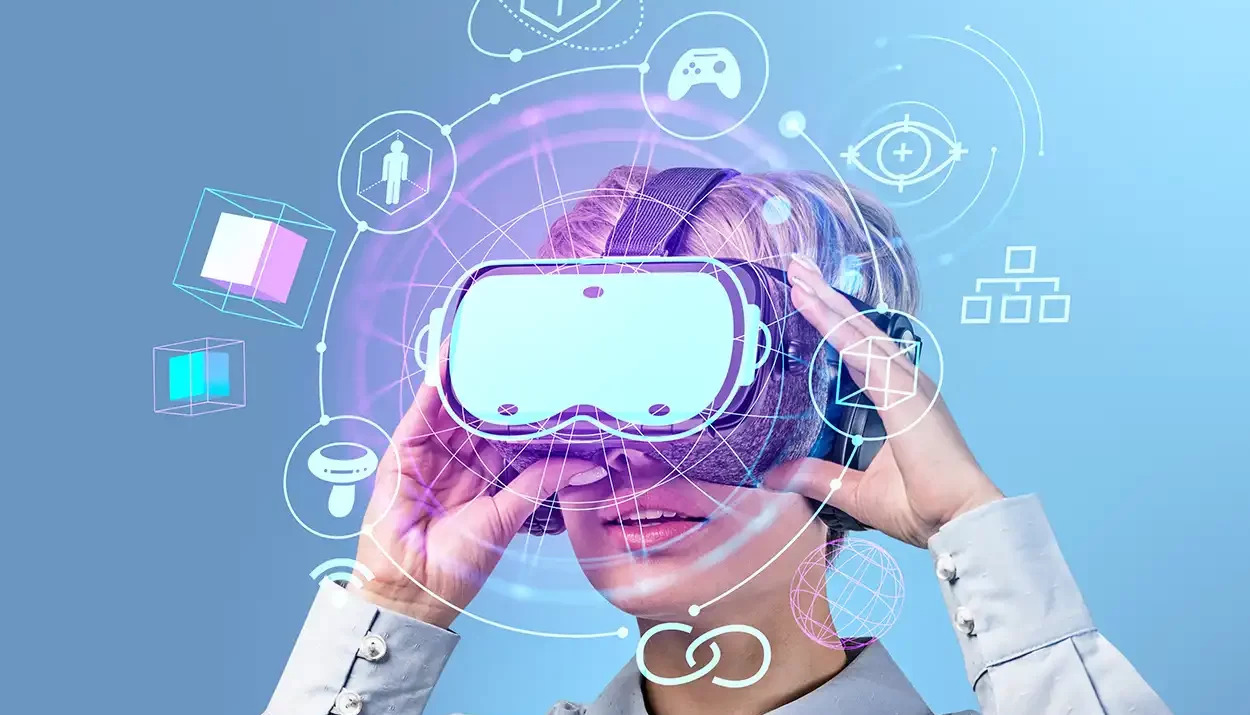
Virtual Reality
Virtual reality technology enables the investigation of human perception through highly realistic stimuli that participants can explore in immersive environments. This technology creates embodied cognition experiences, allowing researchers to observe behavioral and physiological responses synchronized with biosensors. Providing advanced tools for analyzing how individuals interact with and react to virtual scenarios, our Oculus and Varjo headsets are a perfect asset to include in study creation.